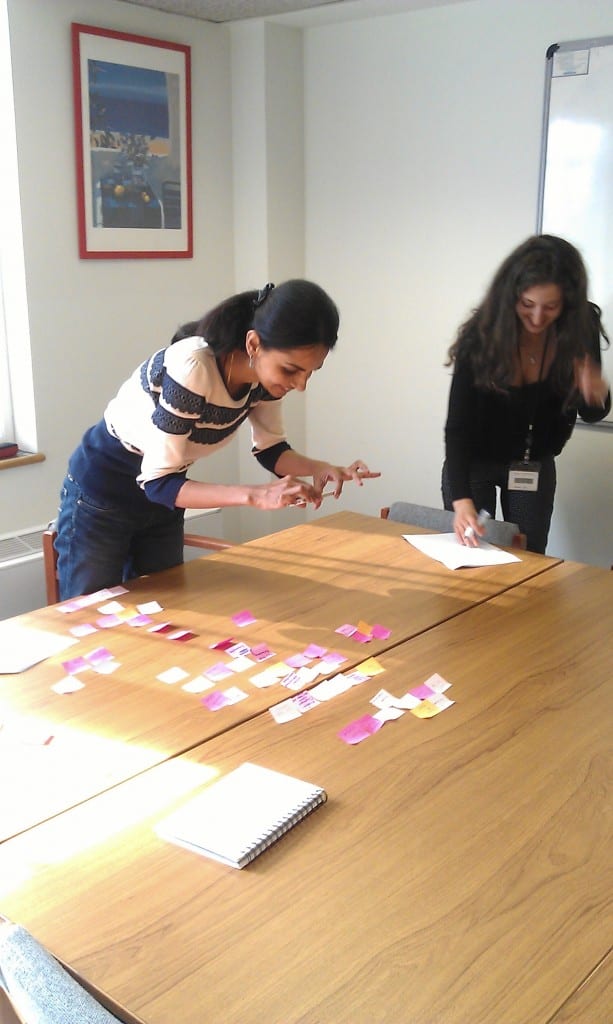Individual contribution peer assessment in group work
By rmapdpg, on 19 May 2016
UCL Engineering trains students to use engineering knowledge within extended group practical activities to better prepare them for their careers after graduation. However, despite the substantial educational benefits of getting students to work in teams, students express and experience concerns that significantly decrease the student satisfaction.
UCL Medical Physics and Biomedical Engineering in collaboration with the Institute of Education decided to look deeper into this matter and organized student focus groups across the Engineering Faculty, and spoke with various members of staff that use and assess group work. The message is clear: an element of “individual contribution” is needed, possible set by peers and tutor moderated, which improves the group dynamics and penalize the “passengers”. Otherwise students frequently express dissatisfaction if all members of a team are given the same mark regardless of the individual effort.
The concept is simple. At the end of a group work students rate the contribution of each team member, and this is used by the tutor to generate an individual mark. This encourages self-reflection, increase student satisfaction and reduce student’s complaints. The only major drawback is that the peer assessment of individual contribution is mainly collected using pen and paper, hence very staff consuming, as current e-learning tools are inadequate. From our research, this tool should be online, anonymous, preferable within Moodle and flexible so staff can adapt it and ask or value different aspects (e.g. reliability, punctuality, contribution to ideas, etc.).
This is an ongoing project. We presented some results at the UCL Teaching and Learning conference in April 2016, which attracted a lot of interest. It is clear that individual contribution assessment is something that many members of staff from across UCL want to implement, and yet we lack the appropriate system. We decided to take the lead on establishing a consortium with those interested, and seek for some funding to develop an appropriate system within Moodle that would allow us to efficiently incorporate this practice into our teaching. If you are interested on participating, discussing and/or hearing more of our results, please contact p.garciasouto@ucl.ac.uk.
Our thanks to ELDG 2015 who partially funded this project.
 Close
Close





